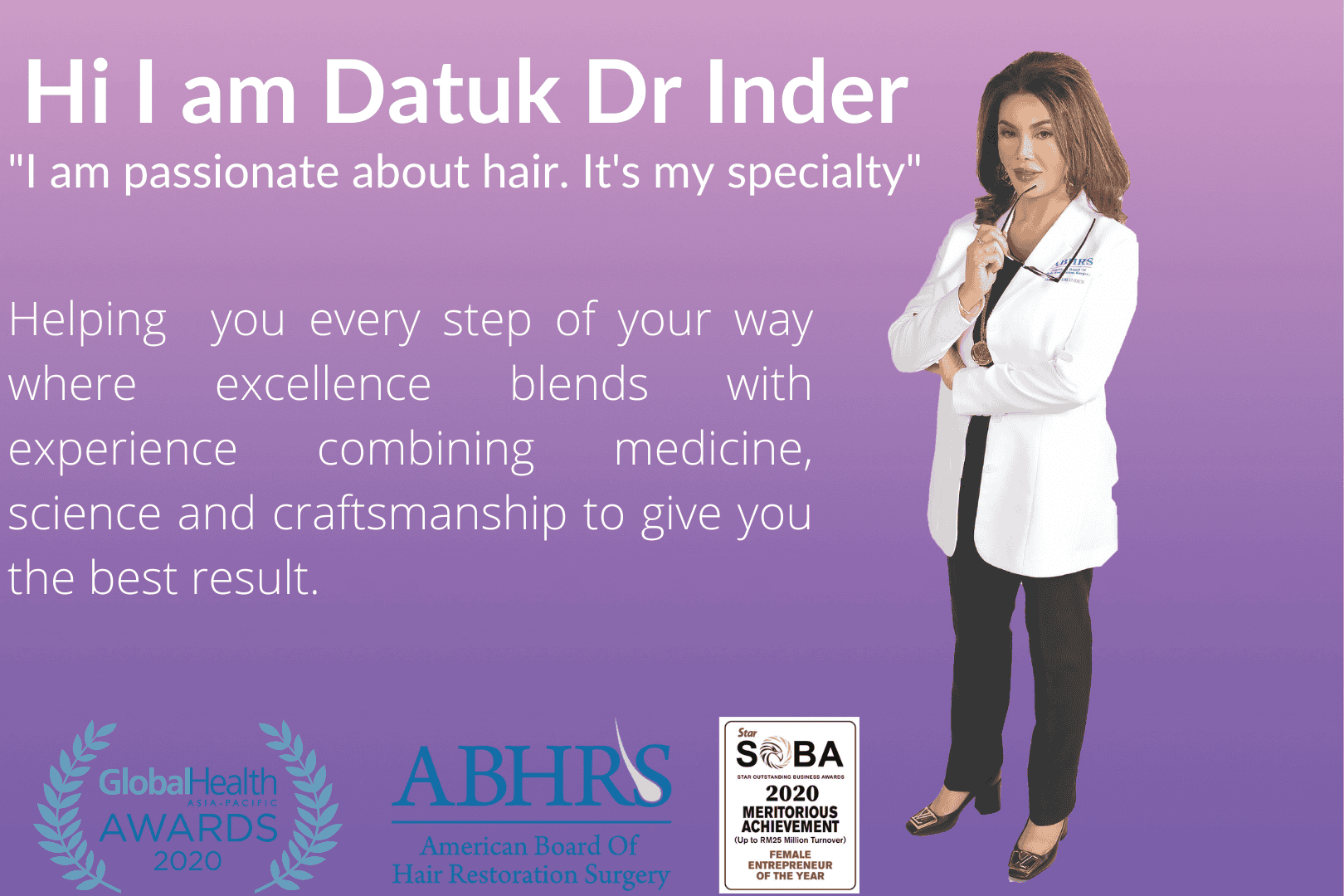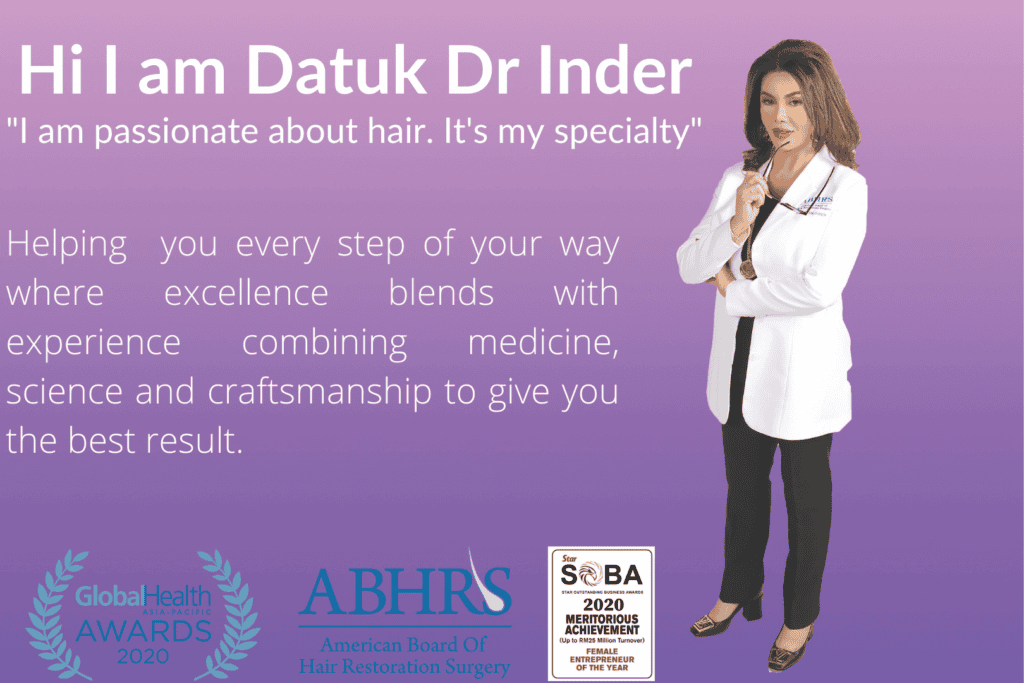7 Signs of Health Issues Based on Your Hair (Part 2) image 1
Stress, dietary deficiencies, thyroid disorders, and other health problems can all be shown through a patient’s hair. Seven essential details about your locks are listed below.
Let us call you

Sings of Health Issues Based on Your Hair: Loss of Hair May Indicate Anemia
The presence of unusually large amounts of hair in your hairbrush or on your shower floor may be an indication of low iron levels in your body, sometimes known as anemia. If your hair doctor suspects that low iron is the cause of your hair changes, he or she may conduct a blood test. This is especially true for vegetarians and women who get heavy periods.
Hair development may be one of the numerous biological and chemical processes that require iron, but the exact mechanism by which iron deficiency causes hair loss is not well understood. If your doctor confirms that you have an iron deficiency, she says, increasing your intake of iron-rich foods or supplements may help stop hair loss.
Temporary hair loss is common during pregnancy or while taking birth control tablets because of the abrupt drop in estrogen levels.
A protein deficiency may cause hair loss
Having a protein deficiency has been related to hair thinning and loss, thus getting enough protein is important for healthy hair development. Adults typically require 0.8 g of protein per pound. Greek yogurt without the added fat, tilapia, chickpeas, and lean chicken breast are all excellent protein choices.
Protein digestion might be challenging for those who have gastrointestinal issues or who have just undergone gastric bypass surgery. You’ll need your doctor’s assistance in handling these kinds of unique situations. Even in women, though, genetics certainly account for the vast majority of hair loss.
Dandruff can manifest as white or yellow flakes
Dandruff is a chronic scalp ailment characterized by the presence of yellow or white flakes in the hair, on the shoulders, and even in the eyebrows. Dandruff is typically not a sign of anything dangerous and can be treated with a prescription or over-the-counter dandruff shampoo.
Seborrheic dermatitis is a typical culprit in the development of dandruff. Skin affected by seborrheic dermatitis is often red, oily, and flaky in appearance. Malassezia, a kind of yeast-like fungus, is another common cause of itchy scalp. Dandruff can also be brought on by an insufficient number of shampoo washes, an allergy to shampoo, or dry skin.
Sings of Health Issues Based on Your Hair: Health Issues May Go Unnoticed If Your Hair Is Damaged
Patients often complain about the damage caused by excessive coloring and heat styling, despite the fact that hair might reveal underlying health issues. Daily blowouts and/or usage of a flat iron can cause irreparable harm to your hair by drying it out and making it brittle. Only one hot tool should be used everyday (occasional multiple heat operations are OK, but daily usage is not suggested). Always use a product with heat protection before applying heat to your hair. Protective properties against both direct and indirect heat styling are common in serums and shine drops.
Professional hair coloring is probably safe, but at-home options like bleaching and boxed dyes might be damaging. Using the proper products, you may reduce the amount of damage done to your hair. Most importantly, chemically treated hair can hide health issues and make it hard to see or feel how your hair is doing.


